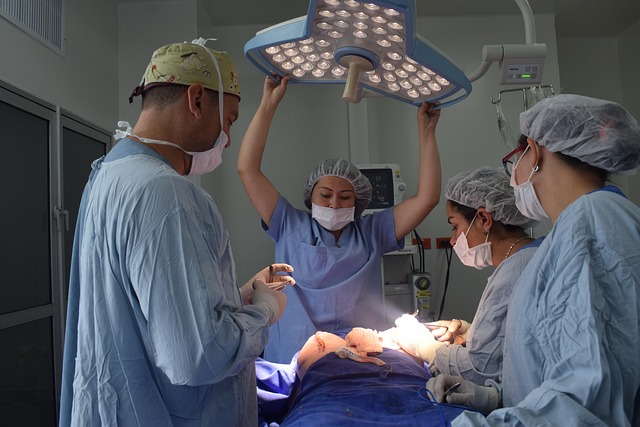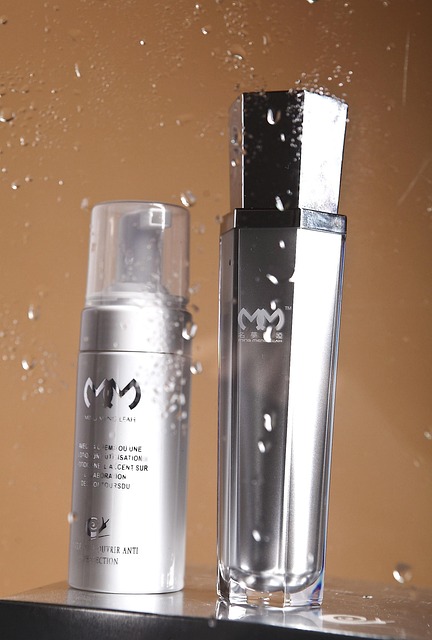Cosmetic surgery, while popular, carries substantial risks including disfigurement, emotional distress, and reduced quality of life due to potential malpractice. Key drivers include patient miscommunication, technical errors during surgeries, and medical mistakes. The impact on surgeons can be severe, from reputational damage to legal battles, while patients face physical injuries, mental health issues, and financial strain. Mitigating these risks involves robust malpractice plans, comprehensive insurance coverage, strict informed consent processes, updated surgical techniques, evidence-based practices, high-quality equipment, and regular training. Real-world case studies further aid in risk recognition and avoidance, contributing to the reduction of cosmetic surgery malpractice instances.
In the ever-evolving field of cosmetic surgery, where aesthetics meet precision, the risk of malpractice looms large. “Understanding Cosmetic Surgery Malpractice” explores this growing concern, delving into common causes, from technical errors to communication gaps. This article examines the profound impact on both surgeons and patients, underscoring the necessity of robust malpractice plans. By dissecting essential plan elements, we uncover strategies to mitigate risk and enhance patient safety, drawing insights from real-world case studies to guide surgeons in navigating this intricate landscape.
- Understanding Cosmetic Surgery Malpractice: A Growing Concern
- Common Causes of Aesthetic Malpractice Claims
- The Impact on Surgeons and Patients Alike
- Essential Elements of an Effective Malpractice Plan
- Strategies to Mitigate Risk and Enhance Patient Safety
- Case Studies: Lessons from Real-World Scenarios
Understanding Cosmetic Surgery Malpractice: A Growing Concern

Cosmetic surgery, while offering transformative benefits, comes with its share of risks and potential for malpractice. As the demand for aesthetic procedures continues to rise, so does the need to address the concerns surrounding cosmetic surgery malpractice. This growing concern is driven by several factors, including the complexity of these procedures, varying levels of expertise among surgeons, and the high stakes involved in altering a patient’s appearance.
The consequences of cosmetic surgery malpractice can be severe, ranging from temporary disfigurement to permanent injury. Patients who suffer such outcomes often face emotional distress, significant financial burdens, and a diminished quality of life. To mitigate these risks, it’s crucial for patients to prioritize informed consent, thoroughly research their surgeons, and understand the potential complications associated with any chosen procedure.
Common Causes of Aesthetic Malpractice Claims

In the realm of cosmetic surgery, several factors contribute to a significant number of malpractice claims. One of the primary causes is the patient’s miscommunication and unrealistic expectations. Surgeons often face lawsuits due to not effectively conveying the potential risks, outcomes, and limitations of a procedure. Patients who are inadequately informed may file cosmetic surgery malpractice claims if they experience negative post-operative results or complications.
Another common reason for aesthetic malpractice suits is technical errors during surgeries. These can range from incisions made in the wrong area to improper use of surgical instruments, leading to disfigurement or other adverse outcomes. Additionally, medical mistakes, such as prescribing incorrect medications or failing to recognize reactions during anesthesia, can result in severe complications and subsequent legal actions.
The Impact on Surgeons and Patients Alike

The impact of cosmetic surgery malpractice can be profound, affecting both surgeons and their patients. Surgeons who find themselves entangled in such cases often experience significant emotional and financial strain. Malpractice claims can lead to reputational damage, legal battles, and even license revocation, all of which can take a heavy toll on their professional lives. The stress and anxiety associated with these situations may impact their ability to perform complex procedures with the usual level of precision and confidence.
For patients, the consequences are equally as severe. In the event of malpractice, individuals may suffer physical injuries, disfigurement, or permanent damage to their bodies—consequences that can alter their self-esteem, mental health, and overall quality of life. The financial burden of medical treatment and legal fees further exacerbates the stress patients experience during these challenging times. Protecting against such outcomes is crucial, which is why aesthetic malpractice plans have become increasingly important in the cosmetic surgery realm.
Essential Elements of an Effective Malpractice Plan

An effective malpractice plan for cosmetic surgeons is a multifaceted strategy designed to mitigate risks and protect both patients and practitioners. Central to such a plan are several key elements. Firstly, comprehensive insurance coverage is paramount. Surgeons should secure policies that adequately cover potential claims, including medical malpractice, professional liability, and excess layers for high-risk procedures like complex facial reconstruction or aesthetic treatments on vulnerable areas like the eyes.
Secondly, strict adherence to informed consent processes is vital. This involves transparent communication with patients about risks, benefits, and alternatives to a procedure, ensuring they fully grasp potential outcomes. Documenting this process meticulously can serve as robust defense in the event of a claim. Additionally, regular reviews and updates of surgical techniques and protocols are essential to staying abreast of best practices and minimizing errors associated with cosmetic surgery malpractice.
Strategies to Mitigate Risk and Enhance Patient Safety

Surgeons performing cosmetic procedures must employ robust strategies to mitigate risks and enhance patient safety, as cosmetic surgery malpractice can have severe consequences. These measures include comprehensive pre-operative assessments to understand patient expectations and medical history, ensuring informed consent, and discussing potential complications openly. Adhering to evidence-based practices and staying updated with the latest techniques and guidelines significantly reduces the likelihood of errors.
Implementing rigorous protocols for infection control, proper sterile techniques, and using high-quality medical equipment also plays a vital role in patient safety. Regular training and professional development for surgeons and support staff are essential to stay adept at managing complications and recognizing early signs of potential issues, thereby minimizing the risks associated with cosmetic surgery malpractice.
Case Studies: Lessons from Real-World Scenarios

In the realm of cosmetic surgery, where aesthetics and precision go hand in hand, understanding the nuances of malpractice is paramount. Case studies from real-world scenarios offer invaluable lessons that shed light on potential pitfalls and best practices for surgeons navigating this intricate field. These narratives, drawn from actual instances of cosmetic surgery malpractice, provide a tangible framework for recognizing and mitigating risks.
Through these case studies, practitioners can gain profound insights into the consequences of negligence or technical oversights. For instance, incidents of burns due to improper use of laser technology or asymmetries resulting from breast augmentation surgeries highlight the importance of meticulous planning, informed consent, and adherence to safety protocols. By studying these real-life scenarios, surgeons can enhance their procedural skills, refine risk assessment strategies, and ultimately contribute to reducing instances of cosmetic surgery malpractice.
